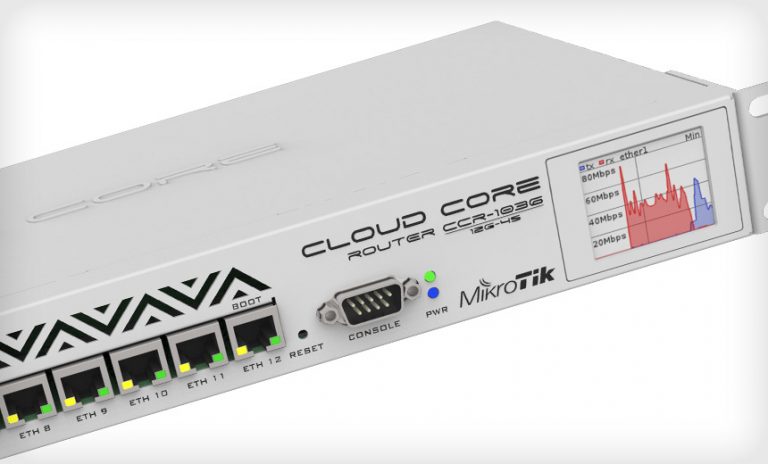
MikroTik vs Cisco: How BGP varies between platforms. The 10,000 foot view
MikroTik vs Cisco: How BGP Works on Each Platform
When it comes to Border Gateway Protocol (BGP), both MikroTik and Cisco routers offer powerful capabilities to participate in dynamic interdomain routing. However, there are some significant differences in configuration syntax, defaults, feature sets, and operational behavior between the two platforms. Whether you’re migrating between them or just curious about how they compare, here’s a side-by-side look at how BGP works on MikroTik vs Cisco.
1. Platform Overview
- Cisco (IOS/NX-OS): Enterprise and carrier-grade routing platform. Mature, with extensive protocol support and a robust CLI hierarchy.
- MikroTik (RouterOS): More budget-friendly, often used in WISPs and small ISPs. BGP is well-supported but with a different approach to configuration.
2. BGP Configuration Basics
Cisco BGP Configuration (IOS Example):
router bgp 65001
bgp router-id 1.1.1.1
neighbor 192.0.2.1 remote-as 65002
network 203.0.113.0 mask 255.255.255.0
Cisco configurations are declarative and interface-driven, using a CLI hierarchy that clearly separates neighbors, route policies, and interface settings.
MikroTik BGP Configuration (RouterOS v7 Example):
/routing/bgp/instance
add name=default as=65001 router-id=1.1.1.1
/routing/bgp/peer
add name=peer1 remote-address=192.0.2.1 remote-as=65002
/routing/bgp/network
add network=203.0.113.0/24
In MikroTik, BGP elements like instances, peers, and networks are created and referenced separately. Unlike Cisco, configurations are object-based rather than hierarchical.
3. Route Filtering
Cisco:
Cisco uses route-maps with prefix-lists or access-lists:
ip prefix-list BLOCK-PREFIX seq 5 deny 10.10.10.0/24
ip prefix-list BLOCK-PREFIX seq 10 permit 0.0.0.0/0 le 32
route-map BLOCK-IN deny 10
match ip address prefix-list BLOCK-PREFIX
router bgp 65001
neighbor 192.0.2.1 route-map BLOCK-IN in
MikroTik:
MikroTik (v7) uses routing filters, which are chain-based and scriptable:
/routing/filter/rule
add chain=block-in rule="if (dst in 10.10.10.0/24) { reject }"
/routing/bgp/peer
set peer1 in-filter=block-in
MikroTik’s filter language is more flexible and script-like, which can be powerful but also comes with a learning curve.
4. Monitoring and Troubleshooting
Cisco Tools:
show ip bgpshow ip bgp summarydebug ip bgpshow ip bgp neighbors
MikroTik Tools:
/routing/bgp/peer/print status/routing/route print where bgp/routing/stats/log print
MikroTik doesn’t offer as many deep BGP views as Cisco by default, but still can get the job done.
5. Scalability & Performance
- Cisco platforms are built for scale—especially on high-end hardware (ASR, Nexus).
- MikroTik, while very capable, is limited by CPU (even with CHR on x86). Fine for regional BGP, but not ideal for full Internet tables on small hardware.
Conclusion
Both MikroTik and Cisco handle BGP effectively, but with different philosophies. I have used both for years and, like any tool, each has its place. Mikrotik is no slouch when it comes to pulling in full Internet routing tables. Many of the Mikrotik horror stories you hear about convergence and slow times are from the V6 days. Many of these have been fixed in RouterOS Version 7.
If you’re transitioning from one to the other, expect a learning curve, especially with MikroTik’s object-based approach and filtering logic. But with the right tools and understanding, either platform can get the job done.
j2networks family of siteshttps://j2sw.com
https://startawisp.info
https://indycolo.net
#packetsdownrange #routethelight